There have been plenty of cultural exchanges across the Taiwan Strait in recent years, but Taiwan has yet to be visited by any of the mainland's Xiang opera troupes. So when the Xiang Opera Troupe of Singapore's Fujianese Association came to perform in Taiwan nine years ago, it was described as the first cross-strait exchange of ko-tzai-hsi (Taiwanes��e opera). How is it that while outdoor opera in Singapore is so Taiwanese in tone, the one amateur group has wholeheartedly adopted the mainland style of opera?
Siew Tin's story
It all started with the founder and director of the Fujianese Association's Xiang Opera Troupe, Sim Siew Tin. Growing up in Singapore, Southeast Asia's capital of Taiwanese opera, Sim loved opera from the start. As a child she played at Fujianese opera at home, draping herself in a curtain and holding a feather duster for a riding crop. So taken was she by Taiwan's Siew Tin Opera Troupe when it came to Singapore for a six-month residency that she changed her given name to Siew Tin. Years later when she tried to track the troupe down in Taiwan she found out that it had been formed for that tour only and had long since broken up.
After graduating from junior high school, Sim lost interest in Fujianese street opera because of its often coarse dialogue and loosely cobbled-together stories. Then in 1985 a wind of change from mainland China began to blow through the ko-tzai-hsi scene in Singapore, with brilliant performances from a series of top quality Xiang opera troupes on tour from Zhangzhou and Xiamen in Fujian province. It was an eye-opening period for Singapore audiences, and Sim was captivated. When she came to set up her own opera troupe she thus decided to name it "Xiang Opera."
Learning by cassette
Using "Xiang" for a name meant that this, Singapore's only amateur ko-tzai-hsi group, would be oriented towards the mainland operatic style. "The troupe was set up with only two people. We had nothing to our name and not a penny to spend, and our only teacher was a single cassette of Xiang opera from Zhangzhou." With Sim's experience watching operas as a child, and using words and music learnt off cassettes, the two founding members mounted their very first production, an excerpt from a well-known opera.
Many of the full-length operas that the group has since staged were put together on the basis of cassette recordings of mainland Xiang troupes in performance. Only in the last five years did they begin inviting teachers from the mainland for vocal training and stage technique.
As well as differing from Taiwan-based ko-tzai-hsi in terms of staging and singing, Xiang opera stresses professional training in "four skills and five methods," which as explained by Li Xiu Hua, a mainland artiste who has coached the Fujianese Association Xiang Troupe and is currently a senior teacher at Singapore's Chinese Opera Institute, "are the skills of singing, acting, reading aloud, and fighting, and the methods for using the hands, eyes, body, overall physical expression and feet, special training for which is essential."
In China, the influence of "model operas" and the three-in-one combination of Peking opera, dance and gymnastics, resulted in local opera styles becoming regimented and uniform. As Li points out, Xiang opera training in mainland China is extremely strict and regulated. For example, there are eight prescribed ways of positioning the hands, and the course of each individual movement as well as the transitions between movements must all conform to set patterns. To indicate a change in mood, an actress makes a bashful entrance wearing a "shy look" on her face, or stares fixedly ahead with a "cross look" to express shock or outrage, while stepping forcefully across the stage and maintaining an expression of concentration. It's all a big contrast to Taiwan-style ko-tzai-hsi, in which "the director gives a root, and the actors improvise the branches."
Wine or coffee?
As the end of the millennium approaches, the Xiang Opera Troupe numbers nearly 20 members and is currently working on three full-length operas. With the musicians playing off to one side, the actresses declaim in classical Chinese or sing in a high clear soprano, almost as if this were Peking opera performed in Taiwanese. A typical reaction of the majority of Singapore audiences and street opera performers, who are still unused to the refined vocal techniques of Xiang opera, is: "With these mainland operas, if you don't look at the subtitles you can't follow what they're singing." Most feel that Taiwanese ko-tzai-hsi with its simplicity, natural singing and improvisational approach, is more suited to the style of Minnan people.
On the other hand, fans of Xiang opera feel that Taiwan-style ko-tzai-hsi with its dependence on audio-visual special effects and its poor stage technique, lacks the exquisite physical expression-flowing sleeves, the bending of the waist and the turning of the wrists, and especially the superb combat moves-that are seen in Xiang opera. "Mainland-style Xiang opera is good to watch, and Taiwan-style Taiwanese opera is good to listen to," says Liu Huchen, leader of the Xiao Kee Lin Fujianese Opera Troupe, noting that both have their good points.
After 12 years of learning and experimentation, Sim Siew Tin's Fujianese Xiang Opera Troupe has recently begun looking at how to combine the best of mainland and Taiwan-style ko-tzai-hsi. The group's latest production, Blood in the Throne Room, follows a new script from the mainland, with a taut, well-constructed plot. This time they have lowered the pitch of the singing and inserted several Taiwanese songs, and as Sim says, they have adopted "the simple elegance of the make-up used in Taiwan-style ko-tzai-hsi, so that all the characters, good and bad, appear more human." Which tastes better then-a simple cup of good coffee or a glass of fine wine? Opera in Singapore is clearly evolving, and it could yet turn out to be either ko-tzai-hsi with a mainland flavor, or Xiang opera with a Taiwanese flavor.
p.93
Amateur opera enthusiasts rehearsing their latest production, faithfully copied from video and cassette tapes of mainland Chinese Xiang opera.
p.95
Mainland Chinese Xiang opera shares a common origin with Taiwanese opera, but differs in style, particularly in terms of the regulated precision of its physical movements and facial expressions.
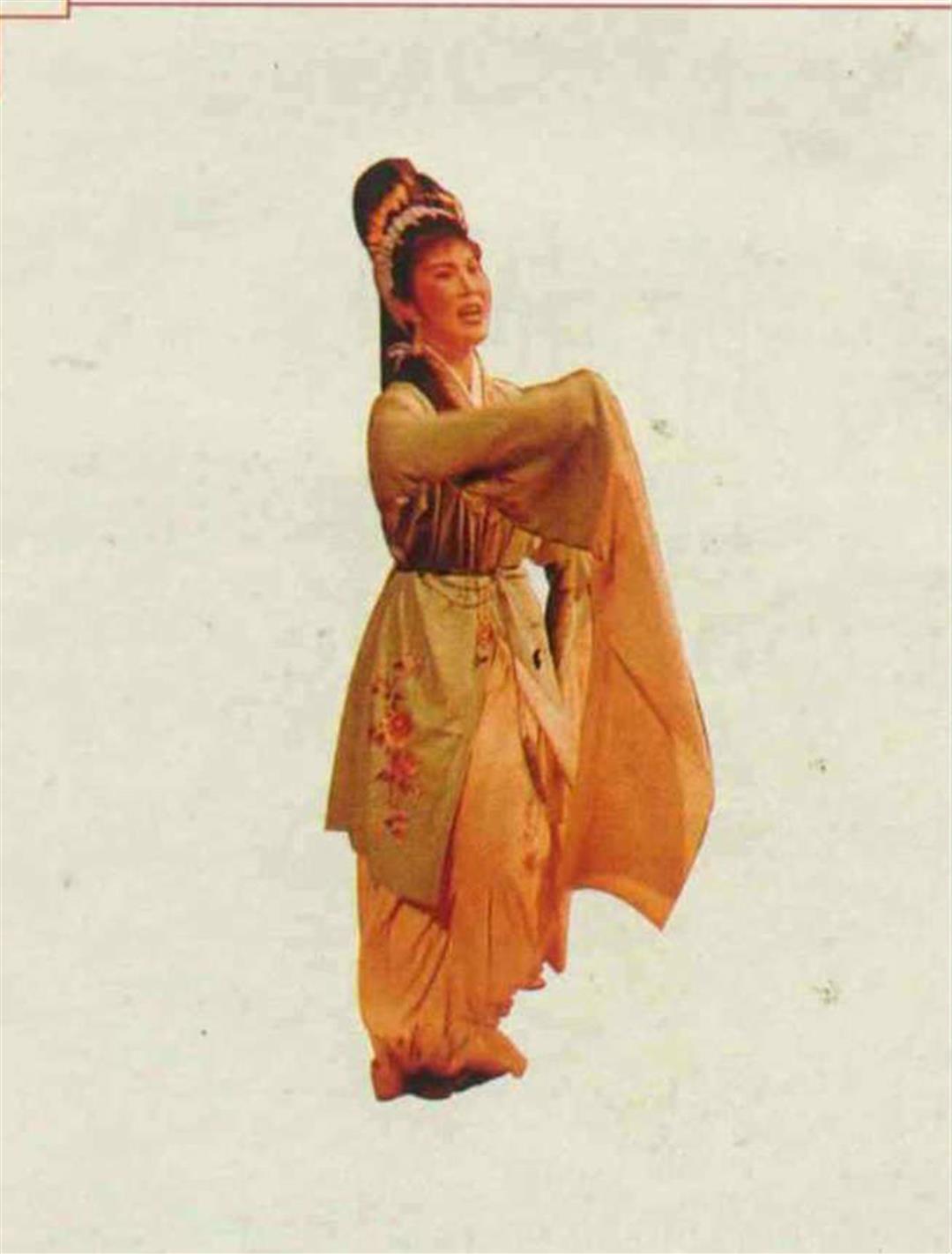
Mainland Chinese Xiang opera shares a common origin with Taiwanese opera, but differs in style, particularly in terms of the regulated precision of its physical movements and facial expressions.
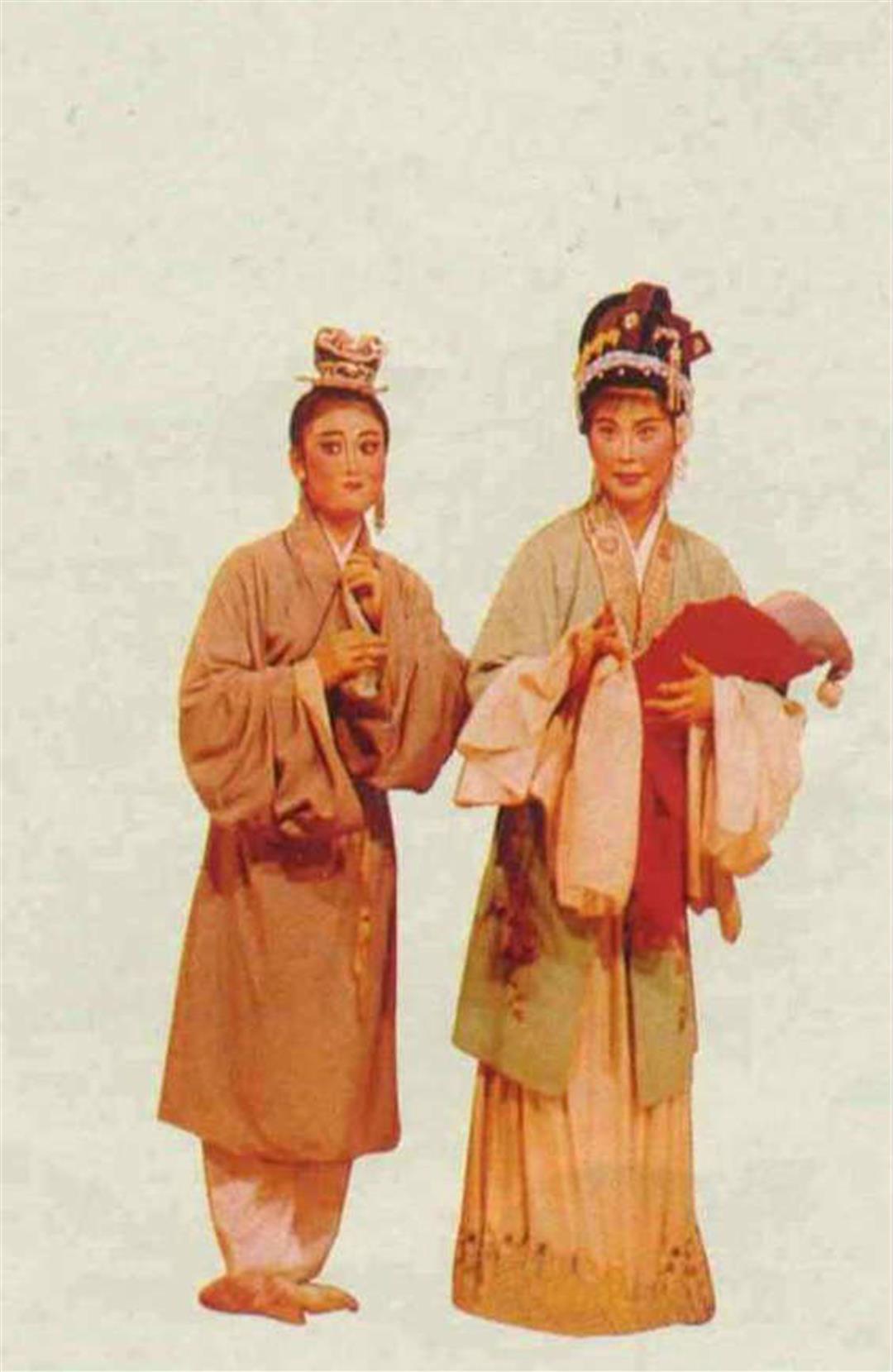
Mainland Chinese Xiang opera shares a common origin with Taiwanese opera, but differs in style, particularly in terms of the regulated precision of its physical movements and facial expressions.
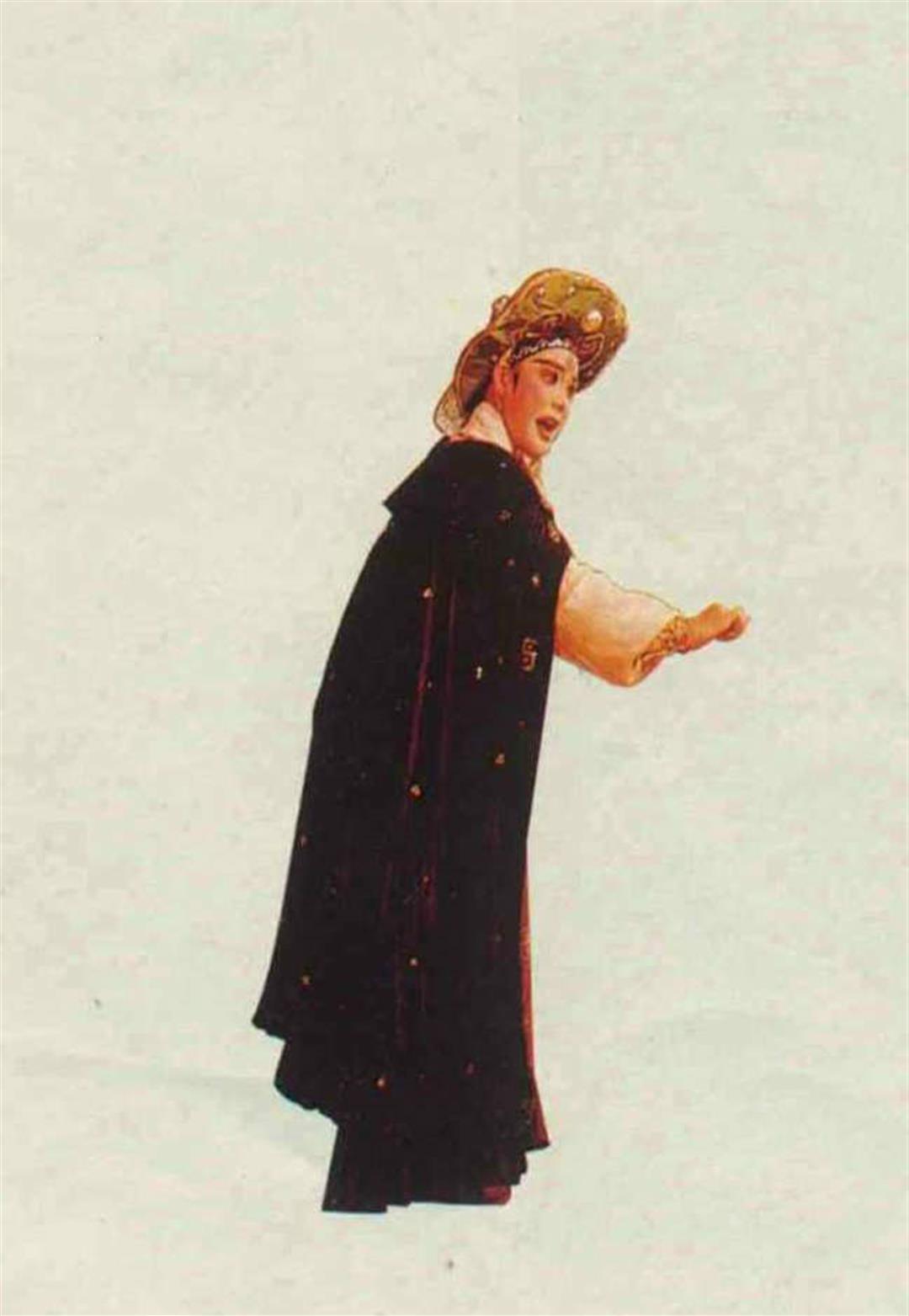
Mainland Chinese Xiang opera shares a common origin with Taiwanese opera, but differs in style, particularly in terms of the regulated precision of its physical movements and facial expressions.
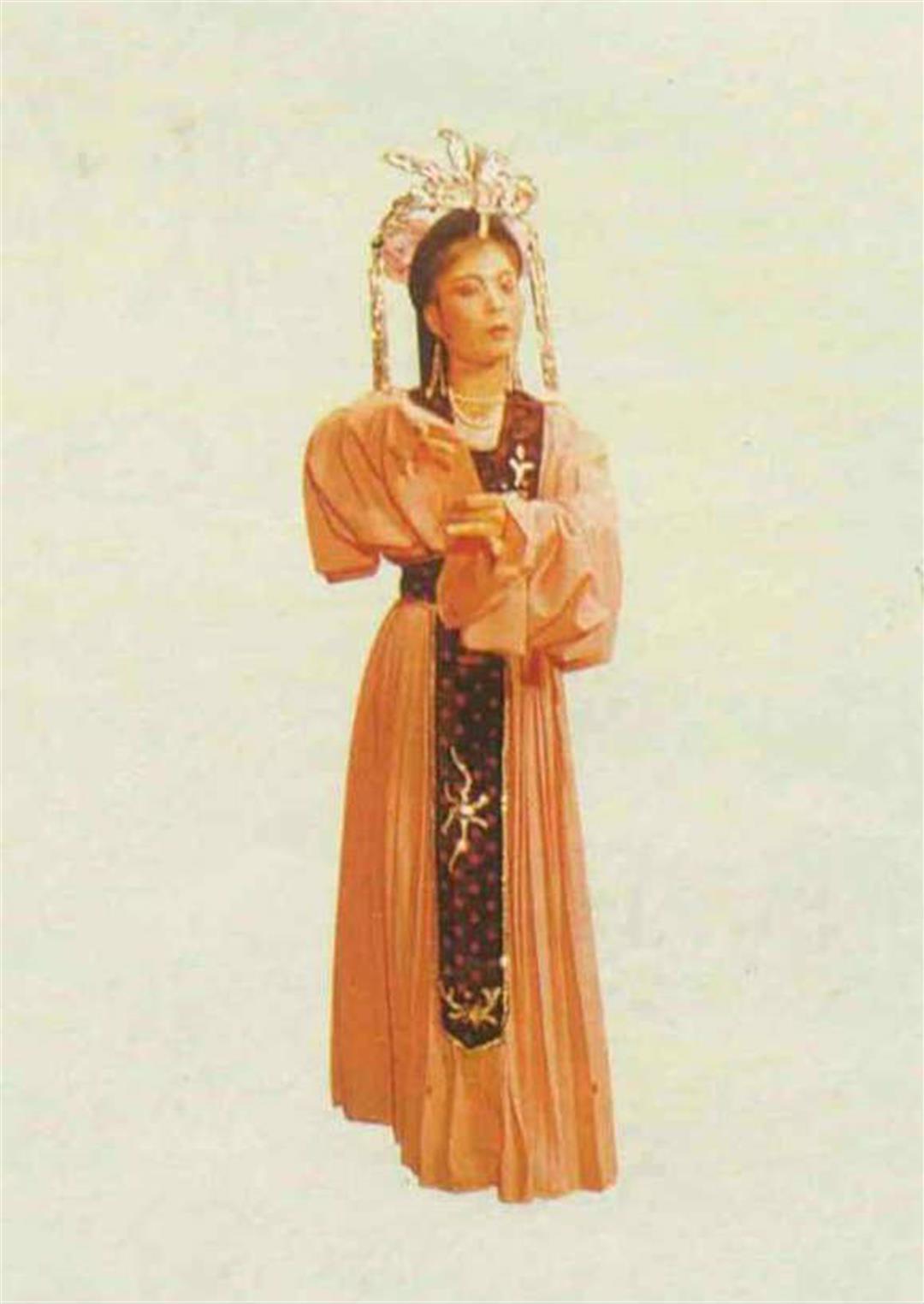
Mainland Chinese Xiang opera shares a common origin with Taiwanese opera, but differs in style, particularly in terms of the regulated precision of its physical movements and facial expressions.
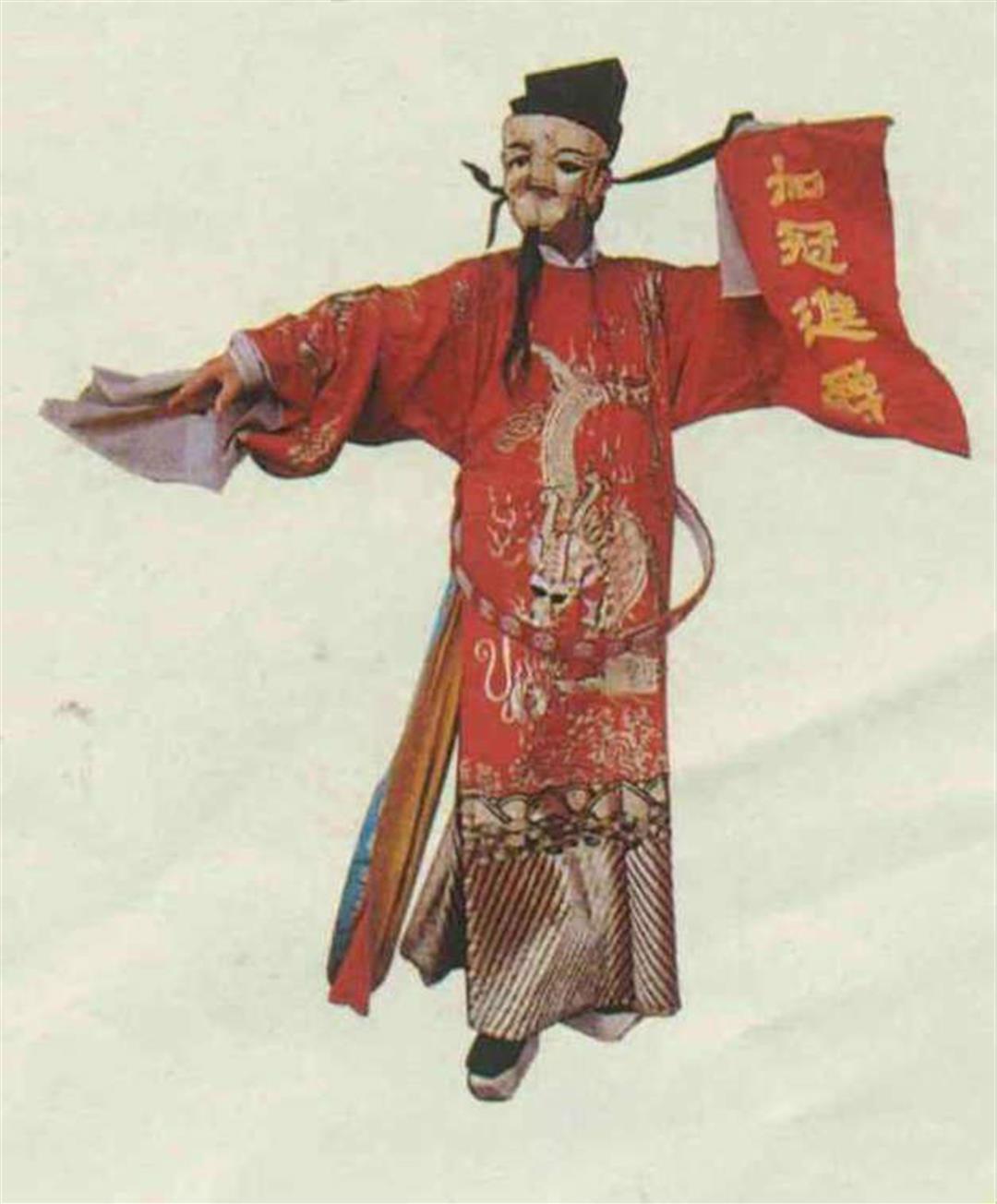
Mainland Chinese Xiang opera shares a common origin with Taiwanese opera, but differs in style, particularly in terms of the regulated precision of its physical movements and facial expressions.